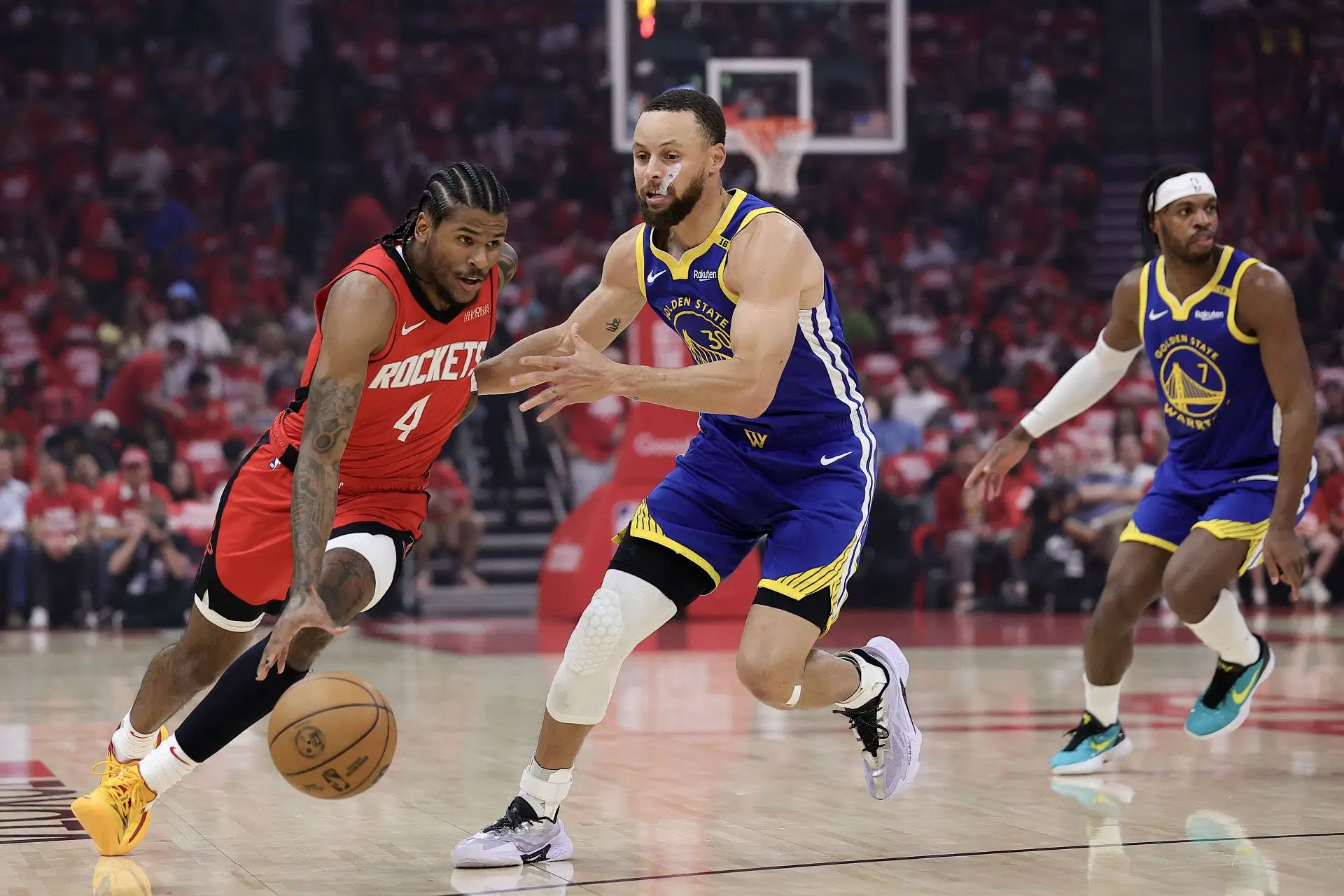Cleveland Cavaliers vs Golden State Warriors Match Player Stats have cultivated one of the most riveting rivalries in recent NBA history. From their four consecutive NBA Finals showdowns between 2015 and 2018 to the evolving storylines surrounding key players and franchises, every matchup between these two teams is packed with energy, drama, and athletic brilliance. The latest game between the Cavaliers and Warriors was no exception. Packed arenas, strategic masterstrokes, and individual brilliance made for a compelling contest that fans won’t soon forget.
This article offers an in-depth analysis of the game, focusing primarily on player statistics, standout moments, and analytical insights. Whether you’re a Cavs fan hoping for redemption or a Dubs loyalist savoring another dominant performance, this breakdown will highlight what made the matchup memorable and how individual performances played a crucial role. Let’s dive into the historical context and statistical dimensions of this epic faceoff.
1. Historical Context: A Rivalry Revisited
The rivalry between the Cleveland Cavaliers vs Golden State Warriors Match Player Stats is deeply rooted in the mid-2010s era of the NBA. During that period, the two teams met in four straight NBA Finals, a feat that has never been matched in league history. The Warriors, led by sharpshooting sensation Stephen Curry and later bolstered by Kevin Durant, dominated the narrative with three championship wins. However, the Cavaliers, behind LeBron James’ sheer will and the iconic 3-1 comeback in 2016, etched their own piece of history.
Although both franchises have gone through roster transformations since those Finals, the legacy of the rivalry still lingers. New stars like Darius Garland and Evan Mobley on the Cavs, and emerging contributors like Jonathan Kuminga for the Warriors, have added new dimensions to the narrative. The battles may no longer determine championships, but each game carries emotional weight and prestige. Fans, players, and pundits continue to treat this fixture as a litmus test of talent, strategy, and pride.
2. Match Recap: Timeline and Game Highlights
The latest showdown between the Cavaliers and Warriors took place at Chase Center, drawing tens of thousands of spectators both in-arena and through broadcasts. The game tipped off with high energy, as both teams exchanged early buckets. The first quarter saw the Warriors take a narrow lead thanks to efficient perimeter shooting from Klay Thompson and a few fast-break conversions by Andrew Wiggins.
The Cavaliers clawed back in the second quarter, with Darius Garland orchestrating plays and finding open shooters in the corners. Evan Mobley anchored the defense, blocking shots and altering drives in the paint. By halftime, the score was neck-and-neck, hinting at a thrilling second half.
The third quarter proved to be decisive. Golden State surged ahead with a 12-0 run fueled by back-to-back threes from Curry and a poster dunk from Jonathan Kuminga. Despite Cleveland’s efforts to respond, their offense stagnated briefly. In the final quarter, Donovan Mitchell tried to mount a comeback with a personal 9-point burst, but the Warriors held on with smart possessions and clutch free throws. The final score read Warriors 118, Cavaliers 111—another classic in this storied rivalry.
3. Player Stats: Cleveland Cavaliers
The Cavaliers put forth a commendable team effort despite falling short on the scoreboard. Darius Garland was the standout performer, finishing with 27 points, 10 assists, and 3 steals. His court vision was on full display, often slicing through the Warriors’ defensive rotations and creating opportunities for teammates. Garland’s ability to balance scoring with playmaking kept the Cavs competitive throughout.
Donovan Mitchell, though quiet early on, came alive in the fourth quarter. He added 22 points, 4 assists, and 2 rebounds, but struggled with efficiency, shooting 8-of-21 from the field. Evan Mobley played a strong all-around game, registering 16 points, 9 rebounds, and 3 blocks. His defensive presence was crucial in slowing down Golden State’s interior threats.
Jarrett Allen also contributed with 12 points and 11 rebounds, maintaining control of the boards and setting strong screens. From the bench, Caris LeVert provided a spark with 13 points, including two key three-pointers that kept Cleveland within striking distance. Despite the loss, the Cavaliers’ stats reflected a well-rounded effort—one that just fell short against a high-octane opponent.
YOU MAY ALSO READ Blaidd Questline
4. Player Stats: Golden State Warriors
For the Warriors, it was Stephen Curry who once again stole the show. The two-time MVP delivered a vintage performance with 33 points, 7 assists, and 6 rebounds. His deep-range shooting and off-ball movement caused havoc for the Cavaliers’ defense. Curry shot 6-of-11 from beyond the arc, showing why he remains one of the league’s most feared shooters.
Klay Thompson also had a strong outing, contributing 24 points and shooting efficiently from mid-range. His ability to hit timely shots kept momentum on the Warriors’ side. Draymond Green, though not prolific in scoring, had a notable impact with 8 points, 11 rebounds, 8 assists, and 2 steals—classic Draymond, influencing the game on both ends without filling the scoreboard.
Rising star Jonathan Kuminga chipped in with 15 points and 5 rebounds off the bench. His athleticism and energy provided a boost when the game was hanging in the balance. The Warriors’ team stats were impressive: they shot 49% from the field, committed only 9 turnovers, and tallied 29 team assists—illustrating a balanced and cohesive offensive effort.
5. Head-to-Head Player Comparisons
The point guard duel between Darius Garland and Stephen Curry was a highlight of the evening. Garland’s floor general skills kept Cleveland’s offense fluid, while Curry’s scoring outbursts tilted the scale in Golden State’s favor. While Garland had the edge in assists, Curry’s efficiency and clutch play made the bigger impact.
At the shooting guard position, Donovan Mitchell and Klay Thompson brought their scoring prowess to the fore. Mitchell showed greater aggressiveness attacking the rim, but Thompson’s smooth shooting and better shot selection gave him the upper hand. In the frontcourt, Evan Mobley vs Draymond Green was a clash of defense-first players. Mobley’s rim protection stood out, but Green’s all-around contributions and leadership were undeniable.
Coaching also played a vital role. Steve Kerr’s rotations and strategic use of small-ball lineups created matchup nightmares, while Cavaliers coach J.B. Bickerstaff emphasized a defensive-first approach that kept the game competitive. Ultimately, Golden State’s players executed better in crunch time.
6. Team Analytics and Game Metrics
The Warriors led in key advanced metrics that often define victories. Their team Effective Field Goal Percentage (eFG%) was 57.1%, outpacing the Cavaliers’ 51.3%. Golden State’s Assist-to-Turnover Ratio stood at a strong 3.2, showcasing their excellent ball movement and decision-making under pressure.
Cleveland, meanwhile, had a better performance in rebounding, winning the battle 48-42. They dominated second-chance points 15-9, thanks largely to offensive boards by Allen and Mobley. However, their 3-point shooting was a concern—only 9-of-30 for 30%—compared to Golden State’s 16-of-36 (44%).
Defensive Rating stats showed that while both teams performed admirably, Golden State’s ability to convert defense into offense via fast breaks gave them a slight edge. When crunch time arrived, the Warriors executed more efficiently, moving the ball faster and finding open shooters—key factors that sealed their win.
7. Key Takeaways and MVPs
Stephen Curry was undeniably the MVP of the match, with his electric scoring and court leadership setting the tone. His ability to manipulate defenses without the ball is what makes Golden State’s offense nearly impossible to contain. On the Cavaliers’ end, Darius Garland emerged as a bright spot, proving once again that he’s one of the most skilled point guards of the next generation.
The game also highlighted the importance of team chemistry. The Warriors’ decades-long core of Curry, Thompson, and Green showed why continuity matters, while the younger Cavaliers are still building those connections. The biggest takeaway? Golden State remains elite when healthy and clicking, but Cleveland is not far behind.
Conclusion
Cleveland Cavaliers vs Golden State Warriors Match Player Stats matchup once again lived up to the hype. Though the Warriors came away with the win, the Cavaliers demonstrated grit, talent, and growth. Individual stats revealed standout performances on both sides, but it was the cohesion, strategy, and execution that ultimately made the difference.
As both teams continue their 2024–2025 campaigns, fans can look forward to more thrilling contests between these two franchises. With young stars rising and veterans still dominating, the rivalry continues to evolve—offering a rich blend of history and future promise.



